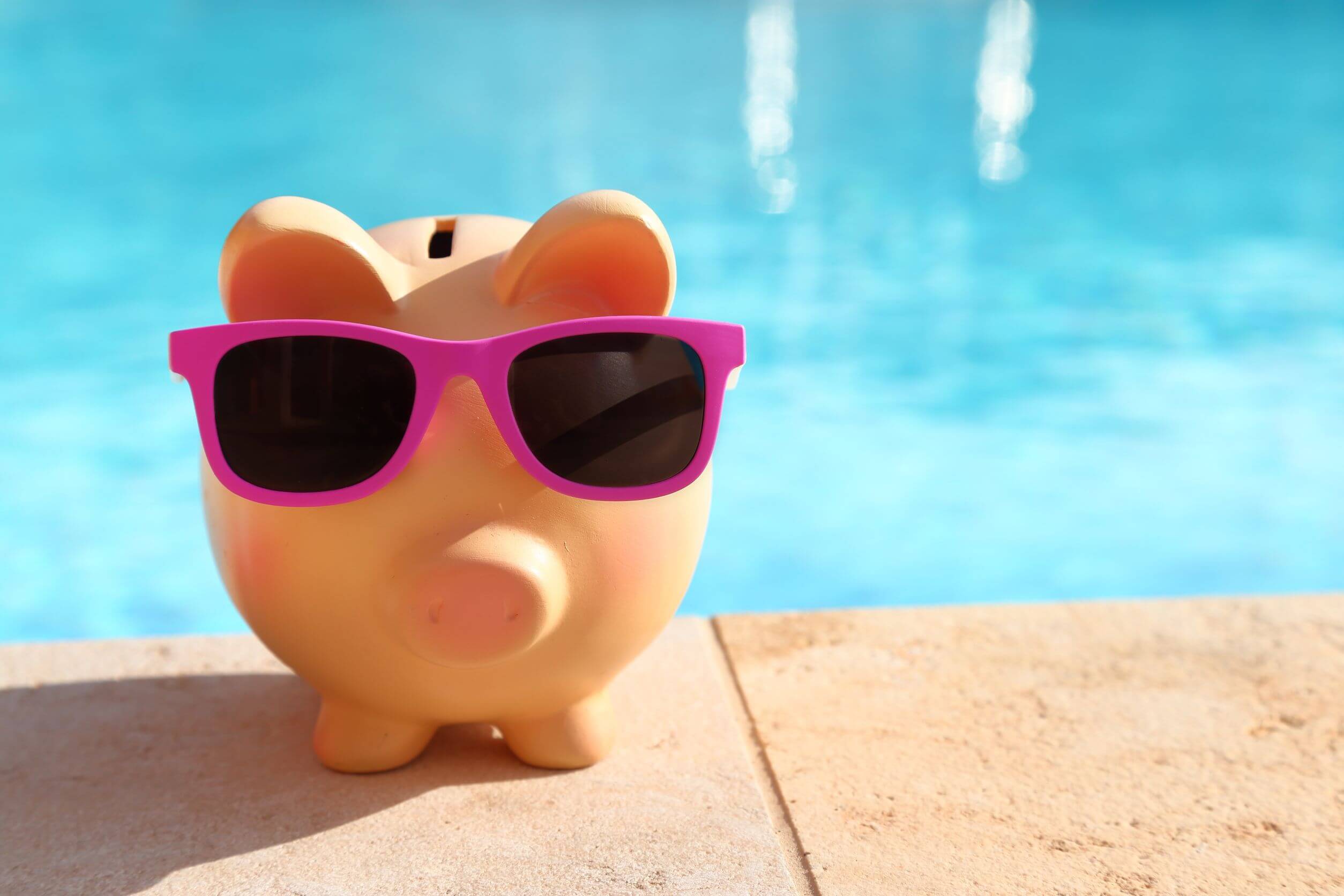Thinking about inground pools and how amazing it would be to have one?  If so, you’re probably wondering, “How much do inground pools even cost?” Perhaps you’ve done a bit of research, but you’re finding that your search results are yielding a pretty wide range of costs, which can be frustrating. Why can’t you find more specific information? Because Googling “How much do inground pools cost?” is a bit like Googling “How much does a car cost?” That question can’t be answered until you know what make and model of car you’re getting, along with what features you need. And, when you get a new car, you also have to consider insurance, license, title charges, accessories and gas. None of these things will be a part of your initial car purchase, but they’ll affect your car budget nonetheless, and they’ll probably end up being more than you anticipated.
If so, you’re probably wondering, “How much do inground pools even cost?” Perhaps you’ve done a bit of research, but you’re finding that your search results are yielding a pretty wide range of costs, which can be frustrating. Why can’t you find more specific information? Because Googling “How much do inground pools cost?” is a bit like Googling “How much does a car cost?” That question can’t be answered until you know what make and model of car you’re getting, along with what features you need. And, when you get a new car, you also have to consider insurance, license, title charges, accessories and gas. None of these things will be a part of your initial car purchase, but they’ll affect your car budget nonetheless, and they’ll probably end up being more than you anticipated.
Costs for inground pools can range from $25,000 for a basic, vinyl inground pool installation and equipment package to over $100,000 for a fully custom gunite (concrete) pool. Your inground pool cost will ultimately be determined by a variety of factors, including the type of pool you decide on, the size you want, and the features and accessories you choose to go with it, such as tanning ledges, beach entries or water features.
The best way to get all the necessary information is to have a pool builder near you come to your home and give you an estimate. Then you can build your budget and check into financing options. But in the meantime, here are some general guidelines to consider:
- Pool Type. There are basically three different types of inground pools: vinyl liner pools, fiberglass pools, and gunite (concrete) pools. As a rule of thumb, basic inground pool packages for vinyl pools will run $25,000-$45,000, fiberglass pool packages will run $40,000-$60,000 and concrete pools will run $50,000 and up unless your are fortunate enough to live in the sunbelt states like California, Florida, or Texas. In those areas, concrete pool costs can be substantially less than in other parts of the country. The long term price, however, will ultimately depend on various factors.
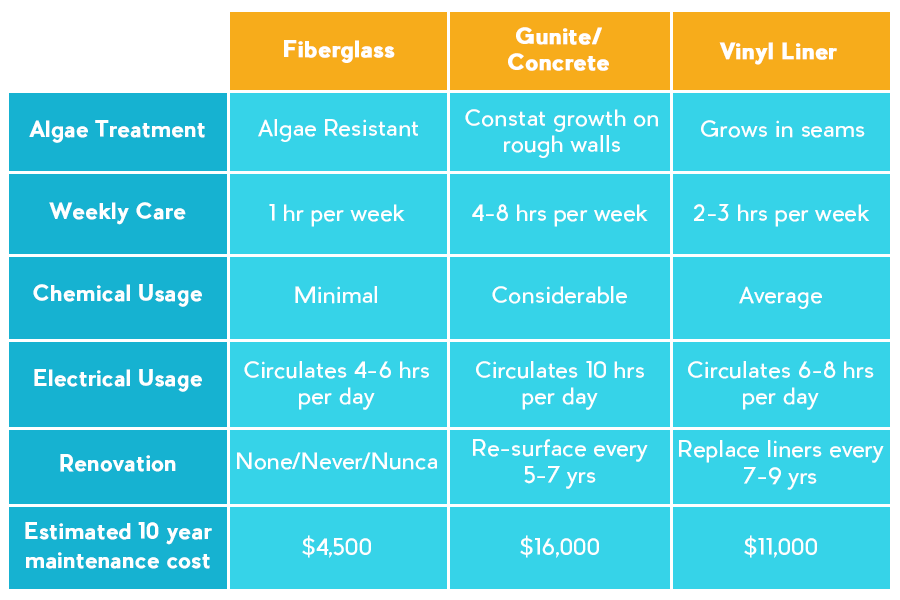
-
- Vinyl Liner Considerations. Basic vinyl liner pools are the least expensive of the inground pools. Vinyl liner swimming pools give you more swim area for the money and cost you less initially than a fiberglass pool or gunite pool. However, that lower cost of initial installation will ultimately be affected by long-term repair and maintenance costs. On average, vinyl liners must be replaced every 7 to 9 years. Furthermore, vinyl liner pools will not typically add to your home’s resale value, whereas fiberglass and gunite will.
-
- Fiberglass Considerations. The initial cost of a fiberglass pool is more than a vinyl liner pool of similar size. However, the cost of vinyl liner replacements will often make up or exceed the difference in price between a vinyl liner pool and a fiberglass pool, as the average vinyl liner replacement runs $3,500-$5,500 including material, labor, and water (and this doesn’t even include daily maintenance costs). Fiberglass pools will not incur the long term replacement costs of a vinyl liner and will likely use less chemicals due to their smooth non-porous surface finish that inhibits the growth of algae and enhances circulation.
-
- Gunite Considerations. Gunite pools are typically the most expensive option for inground pools because they’re the most versatile and allow homeowners endless options and full control over the design. Made-to-order waterslides, waterfalls, alcoves, sun decks and more are possible with a gunite pool. As far as maintenance goes, they will require acid washing and/or re-plastering or painting every five or so years. Their rougher, porous surface finishes often require more attention and chemicals to keep algae at bay.
- Geographic Region. Cost of inground pools vary by market and geographic region. For instance, gunite pools in some regions can be very comparable to fiberglass pools in price and sometimes even slightly less. In the sunshine states, like Florida and Arizona, pool builders construct the pools with a lot less material because they do not have to battle consistent freezing and thawing. Also, geographic issues can affect your installation costs. Labor costs can vary considerably by geographic location.
- Pool Size. The size of the pool you choose will directly impact your inground pool cost. The more square footage you desire, the higher the final cost your inground pool project will be. Larger pools require a larger hole, which means more digging. They’ll also mean more water to maintain, heat, and filter which will directly impact your long-term maintenance costs.
- Installation Costs. Basic pool project quotes typically include: Delivery, installation, standard pool filtration, maintenance and cleaning equipment, your first water fill, and at least some pool decking. But keep in mind that pool builders all package their swimming pools differently. For example, some pool builders may include two loads of dirt haul, a certain electrical allowance, and the building permit, whereas other pool builders may not include any of those items. So, when you’re weighing estimates from various pool companies, make sure you’re comparing apples to apples.
- Site Conditions. Your unique site conditions will directly impact your inground pool cost. This is why many pool builders require an onsite evaluation prior to providing you with any pricing information. These items will impact the cost of inground pools:
-
- Electrical. Is there room in your existing breaker box, or will you need to upgrade? How far from the box will the installation be?
- Septic System. Do you have a septic system? Will fingers need to be re-routed?
- Plumbing. Where do you want your pool equipment? How far will the plumbing lines have to run?
- Elevation. What is the change in elevation? Will you need a retaining wall? Can all the dirt stay on site or will it all have to be hauled away?
- Water. How do you plan to fill your pool? If water has to be hauled in, how accessible is your pool area for a water truck?
- Access. Do you have enough room for equipment and concrete trucks to reach the backyard? Or will they have to pump & shuttle everything from the street?
- Landscape. Will existing trees, shrubbery, decks and/or concrete patios need to be removed and/or replaced?
- Natural Gas/Propane. How far will the gas line have to be run to reach the heater?
- Pool Patio. Your choice of pool patio material can make or break your swimming pool budget and can have a huge impact on your overall inground pool cost. For example, you can opt for a standard broom-finish concrete pool deck that averages $6.50 square foot, or you can opt to have a travertine paver patio that can cost an average $16.00 per square foot. For a 1,000 square foot patio, that can mean a variance of nearly $10,000.
- Pool Options and Accessories. Items such as an automatic pool cover, safety cover, heater, heat pump, slide, water features, lights and salt system are all optional. These additional options are not necessary for inground pools and are not likely to be included in a basic inground pool estimate. They can add thousands of dollars to your basic inground pool cost. Keep in mind that most of these things can be added on later if your budget is already stretched.
Adding It Up
Regardless of the choices you make, your inground swimming pool purchase is a large investment. It may well be one of the largest purchases you’ll make outside the cost of your home. You need to start the process of building your inground pool cost budget with an on-site evaluation and carefully weigh your priorities and options. Most pool builders will give you an on-site evaluation and estimate as well as answer any questions you have to help you choose the perfect inground pool for you and your family.
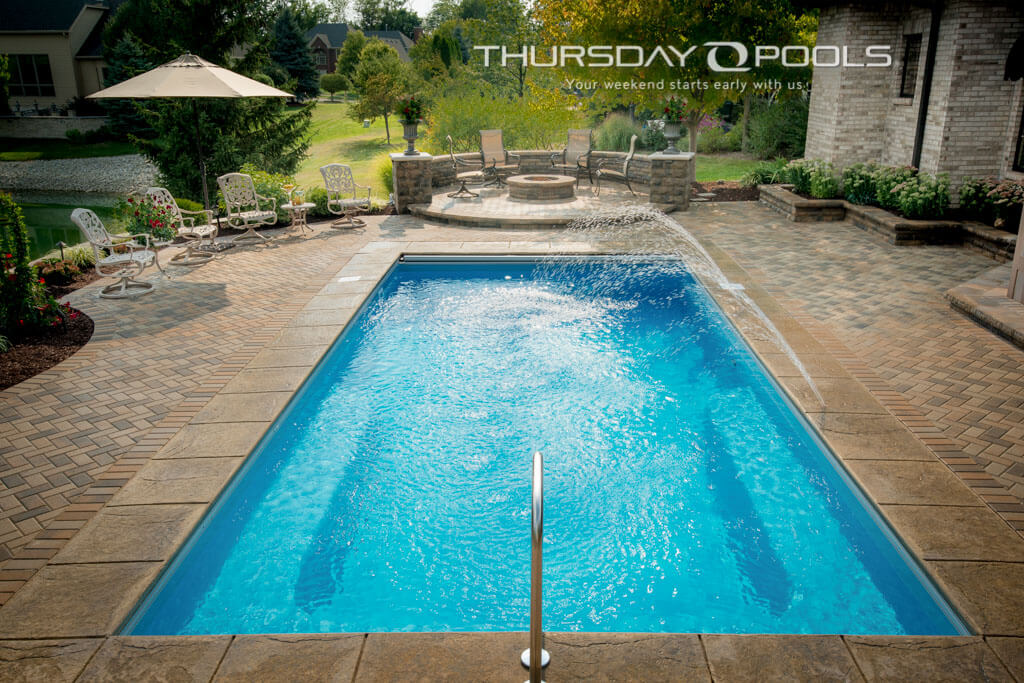
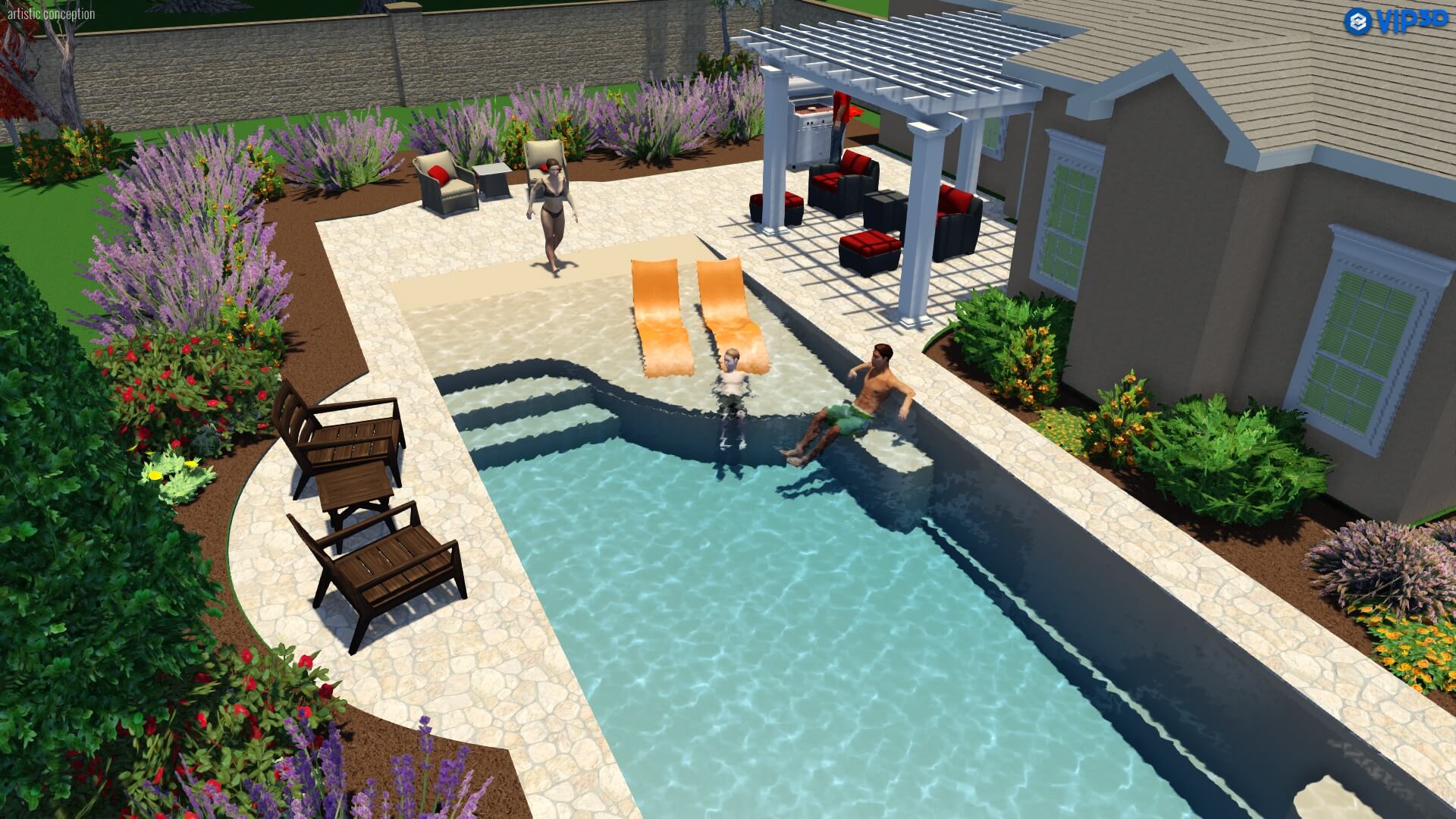
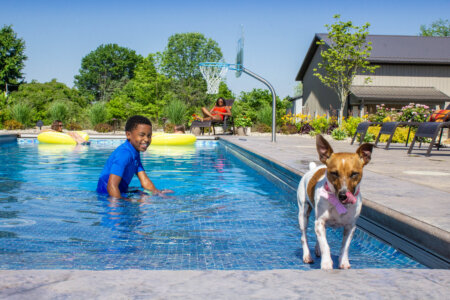
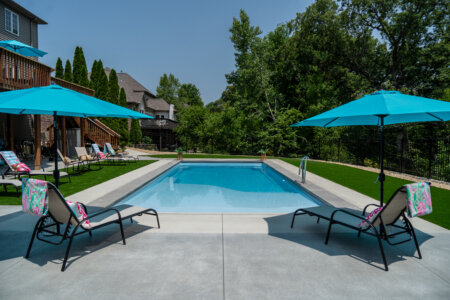

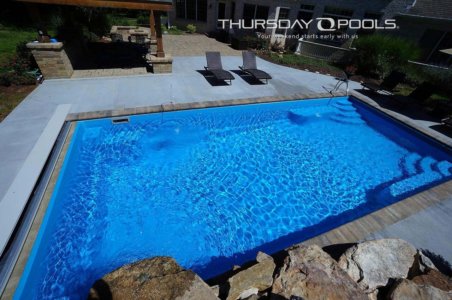
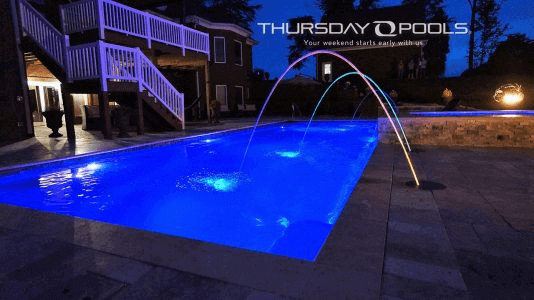
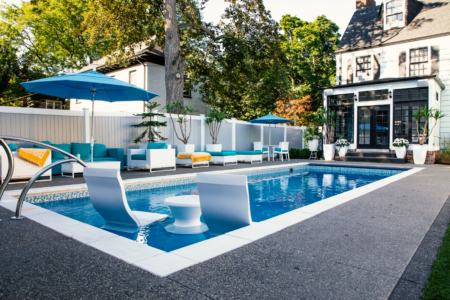
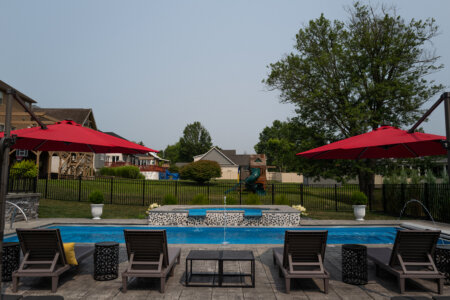
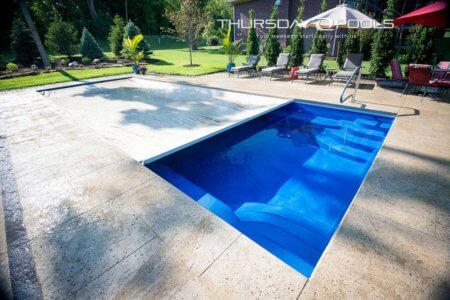
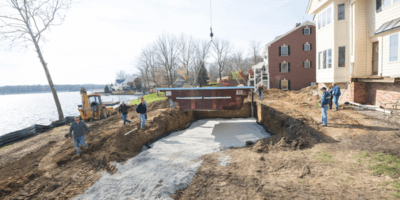


 Have you been looking out your window wishing there was a
Have you been looking out your window wishing there was a 
 Regardless of the option (or combination of options) you choose, the fact is that this time next year, you can look out your window and instead of saying, “Maybe next year,” you can say, “Get your suits on kids. Last one in’s a rotten egg!”
Regardless of the option (or combination of options) you choose, the fact is that this time next year, you can look out your window and instead of saying, “Maybe next year,” you can say, “Get your suits on kids. Last one in’s a rotten egg!” 
 Dear General:
Dear General: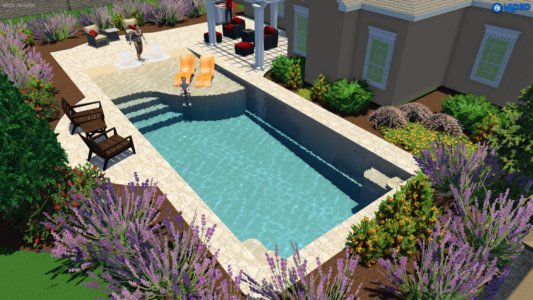
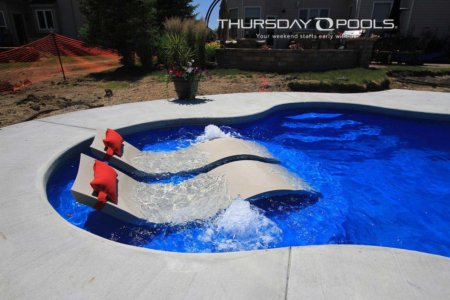 The term
The term  Keep in mind that any accessory that is structural needs to be done during construction, so you’ll need to talk to your pool builder up front about that. Many of the other accessories are optional, and you can always add them in the years to come, while you’re enjoying your pool.
Keep in mind that any accessory that is structural needs to be done during construction, so you’ll need to talk to your pool builder up front about that. Many of the other accessories are optional, and you can always add them in the years to come, while you’re enjoying your pool. 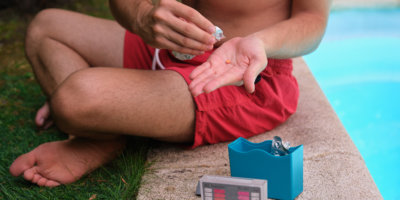 Tip 1: Test Your Pool Water Regularly
Tip 1: Test Your Pool Water Regularly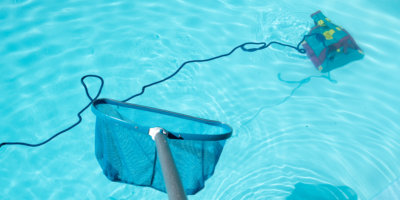

 Dear General;
Dear General; 